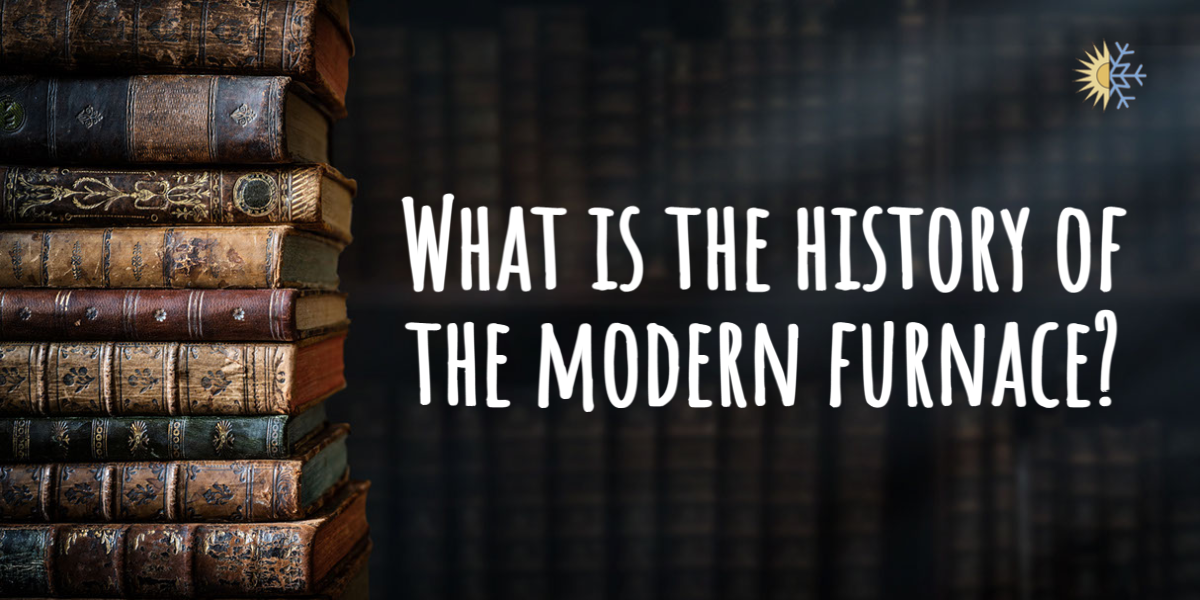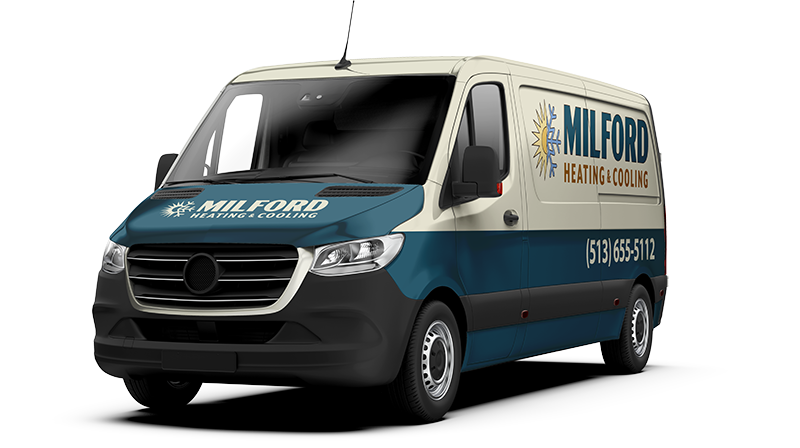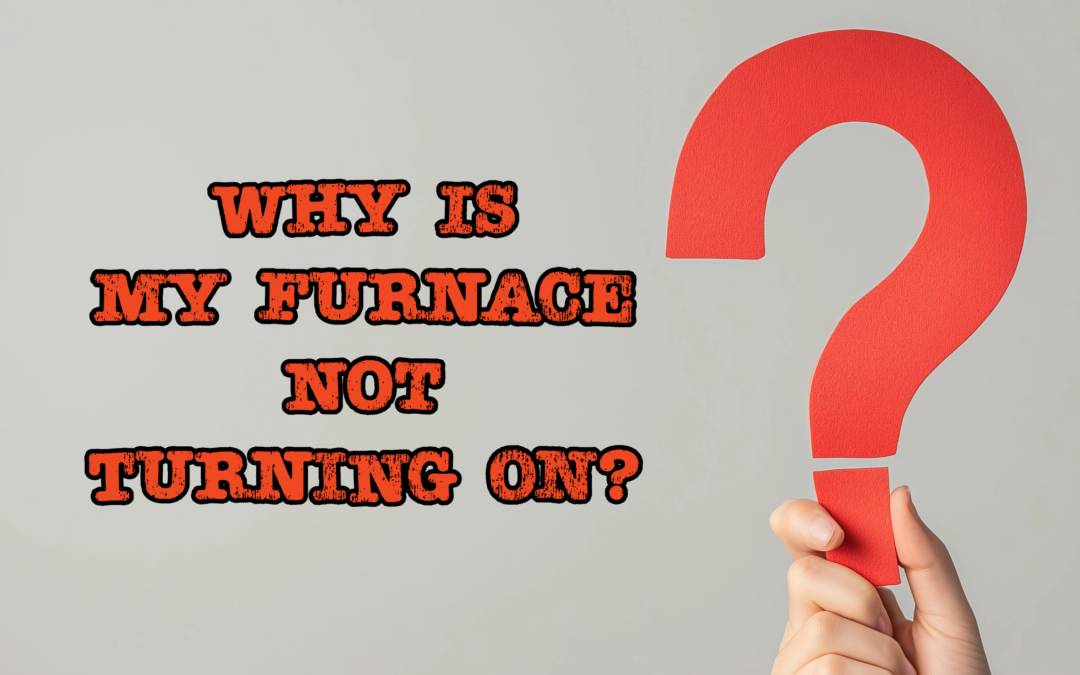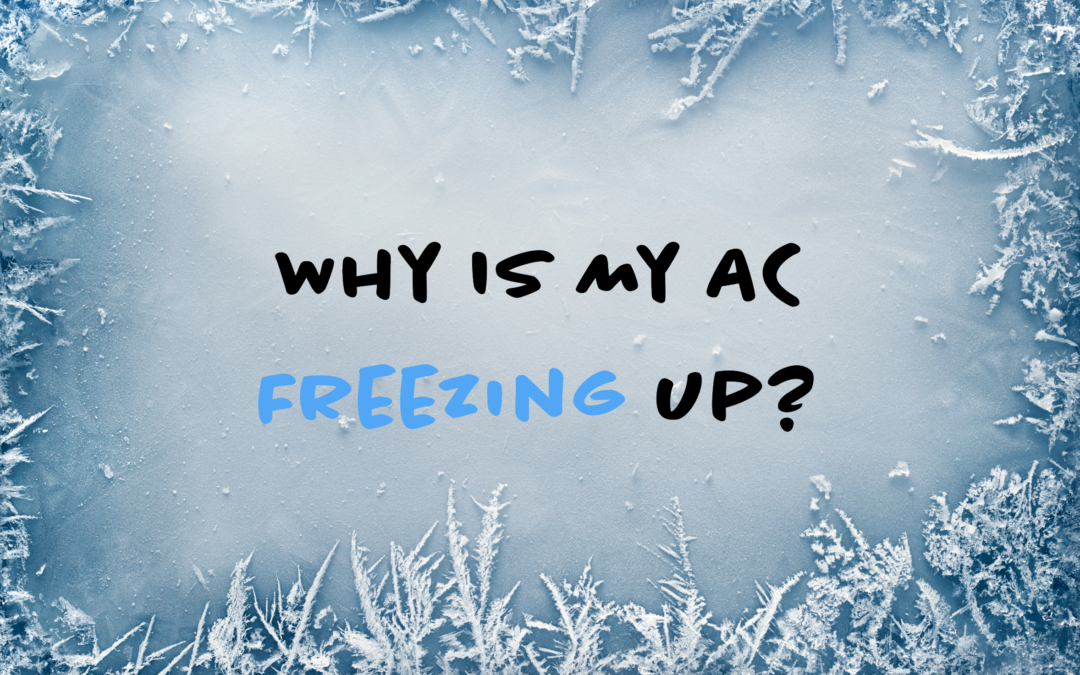As the technology of the modern furnace continues to progress, it’s important to know where it all started and how we got to today’s version of the furnace. Lucky for us, most of the advancements of the furnace throughout the years have been well documented. However, to help homeowners understand where your residential furnace came from, where we are, and how it’s going, we have to have to go hundreds of years back in time. So, your HVAC experts at Milford Heating & Air want to start at the beginning.
Kindling the Fire
Let’s rewind, arguably one of the most significant inventions to human life was fire. Back in the day, there were only two ways to heat your home; an open flame fire or a wood-burning stove. However, if you weren’t careful, it could easily result in a house fire, and no one wants that. On top of that, if the fire went out, cold air would begin to distribute through your home, leaving it cold and unbearable. To be honest, this wasn’t an efficient way to heat homes; nevertheless, this was the only thing they had at the time.
When in Rome
Then in ancient Rome, 15 AD to be exact, the Romans invented a new way of distributing heat to parts of Roman buildings, called the hypocaust. This was an open area located under the floor in which hot air was sent to certain rooms of the house to keep it warm. Typically in a common area or bathroom.
The Debut of the Radiator
Even though the Romans invented a way to heat homes naturally, the first household radiator wasn’t created until 1855 by a man named Franz San Galli. Next, Let’s flash forward 30 years to 1885 when David Lennox took Galli’s invention further and created a coal-burning cast iron radiator., These radiators were traditionally installed in basements because, as we all know, heat rises.
Insert the Bunsen Burner
Also, in 1855 a German scientist named Dr. Robert Bunsen was trying to come up with a way to heat his laboratory at the University of Heidelberg without producing soot. Bunsen succeeded and named his invention after himself to what we now know today as the Bunsen Burner. In fact, you can still see traces of his initial design today, the pilot light. Nevertheless, his groundbreaking discovery paved the way for home heating machinery using oil, propane, and gas.
The Father of Electric Heat
A few decades later, in 1882, a man named Albert Marsh realized that some metals contained chrome. After that, he created a heating element that transformed electricity into heat. Then in 1905, he assembled a heating device that was 300X stronger than any other heating device before. With this impressive discovery, he was coined as “The Father of Electric Heat.” Believe it or not, the inner workings of Marsh’s heating element are still modeled in our home heating systems to this day.
The Mother of Centralized Heating
Less than 20 years later, an African-American woman named Alice Parker created the first American patent for a centralized heating system. She discovered that putting a heating system in the center of the home would produce hot air and distribute it throughout homes. Thanks to her, temperatures within a home became easily regulated and distributed, so no more huddling around a radiator for warmth. With this monumental discovery, she was coined as “The Mother of Centralized Heating.” On top of that, she is celebrated every year during black history month. Without forced air distribution would have never been invented and molded into what we have today.
The Reputation of the Forced Air Distribution
Parker’s American patent for the centralized heating unit broke ground for the first coal-fueled electric furnace and duct system that distributed forced heat throughout the home. Unfortunately, the warm air generated by the furnace didn’t have a way to be distributed throughout the whole house, which led to continued heating cycles. As a result, this heating process was not the most energy-efficient way of heating homes. Although gravity-fed systems were more common, they required a tremendous amount of ductwork in basements, which left homeowners with less space than they already had.
Enter the Modern Furnace
Since gravity-fed systems were inefficient and caused homeowners more trouble than they were worth, advancements in technology allowed the invention of motor-driven fans. These fans corrected the problem of uneven distribution of air. Installing motor-driven fans into a residential HVAC system gave the heated and conditioned air the push it needed to reach every room in the house without wasting energy. Thus, saving homeowners hundreds of dollars on the monthly utility bills. On top of that, air filters were introduced to the residential heating and cooling systems that improved the home’s overall indoor air quality.
Luckily, technology has evolved, and it has no plans of stopping anytime soon. Today you can control your residential HVAC system from a click of a button to via an app on your smartphone. This allows homeowners to control their system from virtually anywhere in the world. Nevertheless, if you can’t remember the last time your furnace was serviced or if your HVAC system has been around since you bought your home, it may be time to replace it. Not only is a new furnace an excellent investment for your home, but with modern technology, they are better for the environment and your wallet. So, if you are a homeowner contemplating whether or not to take the plunge and invest in a new furnace, contact the experts at Milford Heating & Cooling. We are a simple phone call or click away. Call us today at (513) 655-5115, or schedule an appointment online now by clicking here! We cant wait to get your HVAC journey started with us! +
















